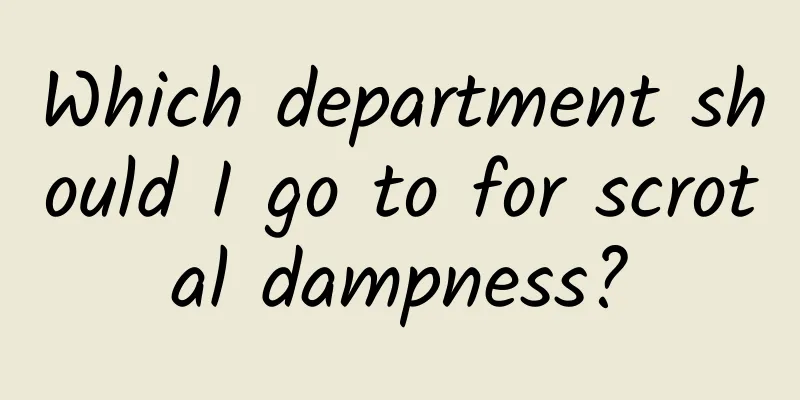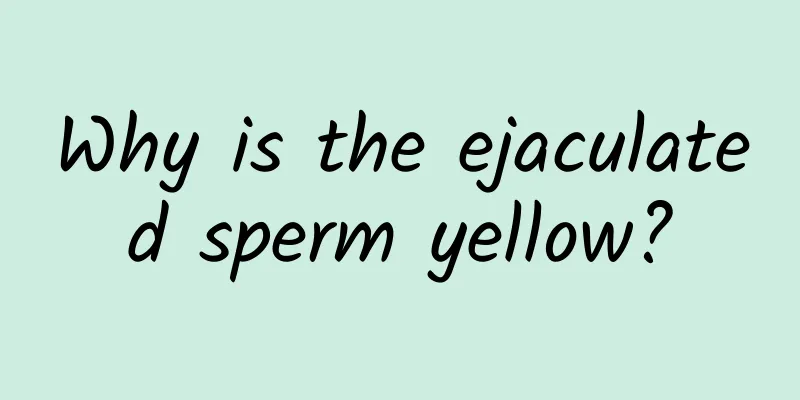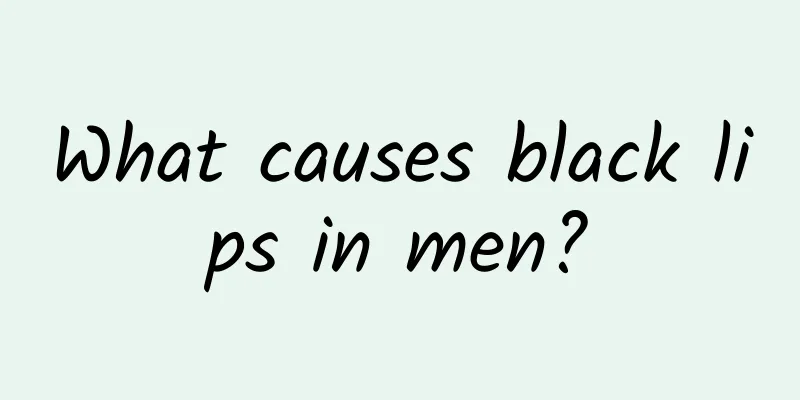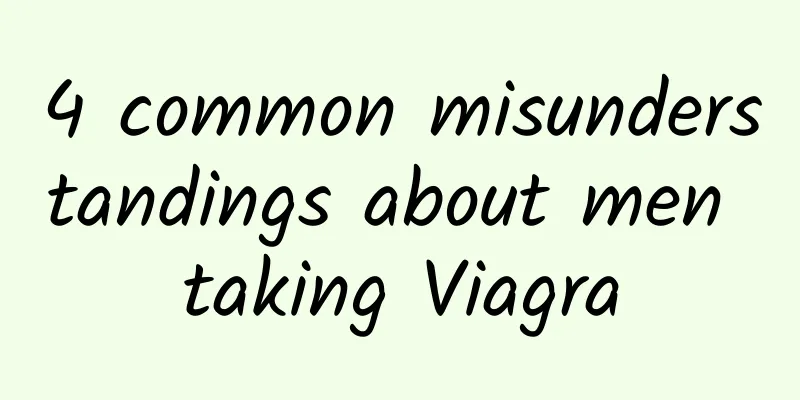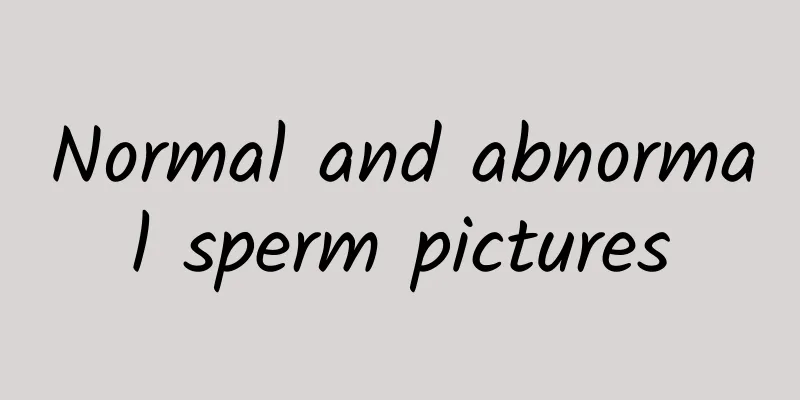What is bipolar depression? What are the symptoms of bipolar depression?
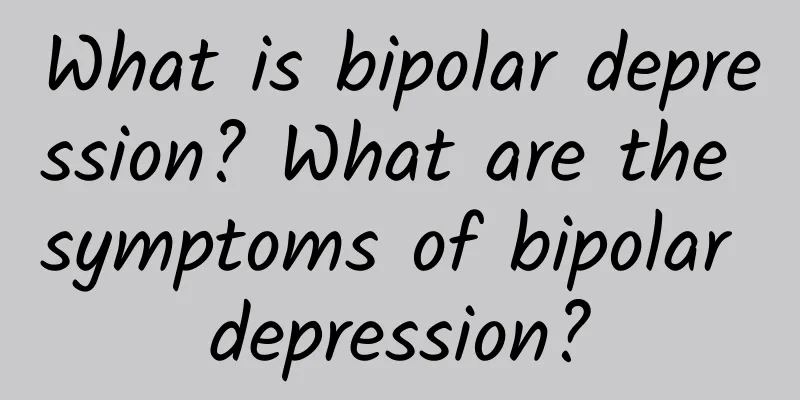
|
Depression is a mental emotional disorder, which is divided into two categories: one is unipolar, called "depression". The symptoms are depressed mood. The other is called "bipolar", which is not only depressed, but also accompanied by excessive emotional excitement, and the patient cannot control himself. So, what are the symptoms of bipolar depression? Manic-depressive disorder is also called affective disorder The main symptom is abnormal emotion. Manic-depressive disorder is often accompanied by behavioral and thinking disorders. The characteristics of its emotional changes are excessive emotional highs or excessive lows. Its thinking and behavior change accordingly and are coordinated with the surrounding environment, which is easy to be understood by people; therefore, it is often easy to infect others, that is, people around are often easily moved by the patient's emotions and behaviors. During the onset of the disease, when the emotions are high, it is called mania, and when the emotions are low, it is called depression. This type of patient can have repeated attacks many times in his life, and the period between two attacks is called the interval. At this time, the patient's mental state has completely returned to normal. The form of its repeated attacks can be mania every time, or depression every time, or there can be irregular alternation of the two forms of mania and depression. Most of these patients have repeated attacks many times, and a few have only one attack in their lifetime. Some patients may have more than 10 attacks from young to old, but despite multiple attacks, their mental state rarely deteriorates after the illness. Most patients are in a depression phase longer than an excitement phase Most people with bipolar depression spend more time in depression than in euphoria. The mood of a person with bipolar depression does not follow a certain pattern between the two extremes, and a manic episode is not necessarily followed by a depressive episode. It is also possible to experience multiple depressions before experiencing manic symptoms. Mood changes may be completed within a few weeks, months, or even years. Bipolar depression often occurs in young people This disease usually starts in young people. Among common mental illnesses, its incidence is lower than that of schizophrenia. The course of each illness is generally 2 to 6 months. During the illness, it not only affects the patient's labor force but also brings a burden to the spirit and life of his relatives. It is often possible that the course of each illness will be longer with age. When encountering the elderly and weak, it is often easy to prolong into a chronic disease. For example, we met a male ironing worker who had 19 attacks from the first attack at the age of 19 to 60 years old. On average, he was ill once every two years, and each attack lasted about 3 months to half a year. Each attack was manic, and only once was an atypical mild depression. He worked very well during the intervals and was often rated as an advanced worker in the factory. Later, we found that he had been suffering from chronic disease since he turned 60 due to old age and frailty, and there was no relief for many years. The cause of the disease is still unknown, so timely diagnosis, treatment and prevention should be emphasized. Introduction to the classification of bipolar depression Bipolar I: Alternating episodes of full-blown mania and severe depression • Often presents with depression, with at least one manic or euphoric phase during the course of the illness; • Depressive episodes may occur immediately before or after manic episodes, or they may be separated by months or years. Bipolar II: Alternating episodes of depression and hypomania • Hypomanic phase: The patient's mood is bright, the need for sleep decreases, and psychomotor activity exceeds the patient's usual level; the transition is often affected by diurnal rhythm factors and may recur seasonally. Sleepiness and excessive eating are typical manifestations; • Insomnia and loss of appetite may occur during the depression stage; • Hypomania is adaptive for some patients because they feel energetic, confident, and able to function beyond their normal social capacity. Many patients experience a mood swing at the end of a depressive episode (spending spree, impulsive sexual activity, and stimulant abuse). Bipolar III: Severe depressive episodes and a family history of bipolar disorder • Often show mild hypomanic tendencies; • This trait is called hyperthymic (i.e., intense, ambitious, and money-seeking). |
<<: Manifestations and common symptoms of major depression
>>: How should we treat patients with depression?
Recommend
The location of the kidneys in men
The kidney is one of the key organs of the body. ...
What is soy milk and what is the difference?
Soy milk and soy milk are quite similar. The main...
Three ways of masturbation that men should never use
When men cannot get sexual satisfaction, they wil...
Can you get pregnant if you have impotent ejaculation? Here’s the authoritative answer
When a man has difficulty ejaculating, it indicat...
Erection without ejaculation
As we all know, when men and women have normal se...
What causes penis numbness?
Male genital discomfort may be caused by some dis...
What are the benefits of eating raw oysters for men? Do raw oysters enhance male sexual performance?
Oysters are also called oysters. They are rich in...
Facial liposuction to slim your face, say goodbye to Photoshop
Many people believe in love at first sight, but w...
What should we pay attention to in family therapy for depression?
Depression is a chronic recurrent disease with me...
Does holding urine cause back pain? What causes back pain from holding urine?
Holding urine is a very bad habit, which may lead...
Why can't men ejaculate sperm?
Impotence troubles many men, but if a man cannot ...
What is the best way to treat prostate calcification?
There are many ways to treat prostate calcificati...
What causes a lump in the scrotum?
Many people are at a loss when they find a lump i...
Is premature ejaculation easy to treat? Treatments for premature ejaculation
Premature ejaculation is a very common male sexua...
Pain inside the urethra of the glans penis
Men are synonymous with strength, but men's b...

